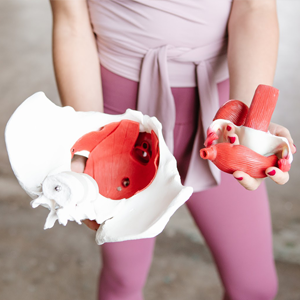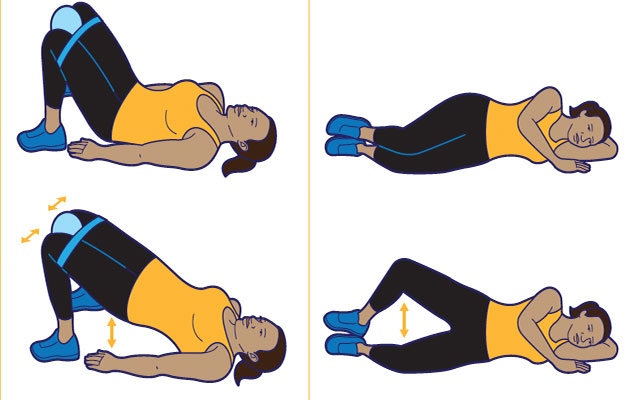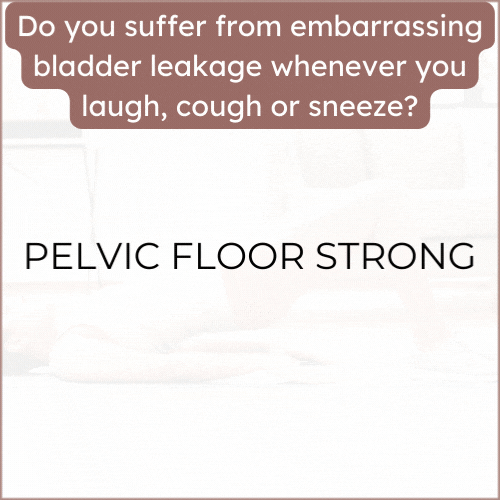Some Frequently Asked Questions About Pelvic Floor Disorders In Women
1. What is urogynecology?
Urogynecology is a specialized field of medicine that focuses on pelvic floor disorders in women, including urinary incontinence, pelvic organ prolapse, and fecal incontinence.
2. What is the pelvic floor?
The pelvic floor is a group of muscles and tissues that support the pelvic organs, including the bladder, uterus, and rectum. Weakness or dysfunction of these muscles can lead to pelvic floor disorders.
3. How common are pelvic floor disorders?
Approximately one in three women will experience a pelvic floor disorder at some point in their lives. These disorders become more common with age and are often associated with childbirth and menopause.
4. What are pelvic floor exercises and why are they important?
Pelvic floor exercises, also known as Kegel exercises, involve contracting and relaxing the muscles of the pelvic floor. These exercises help strengthen the pelvic floor muscles, improve bladder and bowel control, and reduce the risk of pelvic floor disorders.
5. What is pelvic floor physical therapy?
Pelvic floor physical therapy is a specialized form of therapy that focuses on treating pelvic floor disorders through exercises, manual therapy, and education. It aims to improve pelvic floor muscle function and alleviate symptoms such as urinary incontinence and pelvic pain.
⭐Pelvic Floor Strong by Alex Miller - https://pelvicfloorstrong.org - FLASH SALE


































